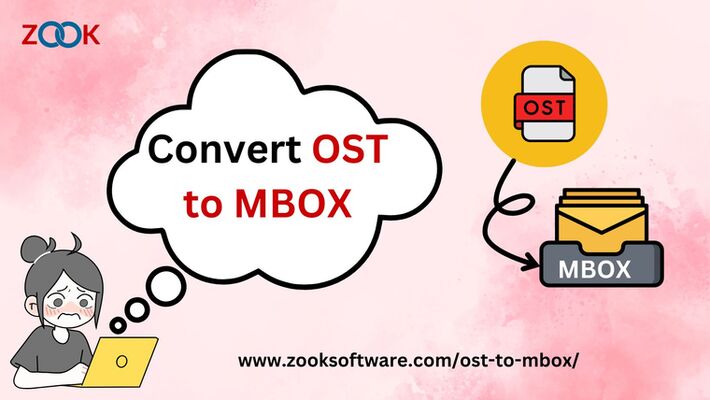
Introduction
Efficiently managing email data across platforms can be a daunting task, especially when dealing with incompatible file formats like OST and MBOX. OST (Offline Storage Table) files are primarily used by Microsoft Outlook, whereas MBOX (Mailbox) files are favored by email clients like Thunderbird, Apple Mail, and others. Converting OST to MBOX is essential when migrating emails from Outlook to other platforms. In this comprehensive guide, we’ll provide step-by-step instructions, tools, and expert tips to make the process seamless.
What Are OST and MBOX Files?
OST files store a synchronized copy of mailbox data from Microsoft Exchange, Office 365, or Outlook.com accounts on your local system. These files enable users to access emails, contacts, and other data offline. However, OST files are not directly portable due to their encryption and dependency on the original account configuration.
MBOX files are plain-text files that store email messages in a concatenated format. They are widely supported by multiple email clients, making them an ideal choice for email migration. Converting OST to MBOX ensures compatibility and allows for flexible email management.
Before proceeding, ensure you have a backup of your OST file. This step is crucial to prevent data loss during the conversion process.
Since there is no direct method to convert OST to MBOX, the first step involves converting OST to PST (Personal Storage Table), a file format compatible with Outlook. Follow these steps:
To convert PST to MBOX, you’ll need reliable third-party software. Then I would like to suggest you can also try ZOOK OST to MBOX Converter. It is the safe solution to export OST data to MBOX format in an easy way. It can easily support any OST file of any Outlook version i.e. it supports Outlook 2016, 2013, 2010, 2007 and all below editions. So that users can effortlessly performs the OST to MBOX Conversion to access their OST data in any MBOX based email clients. Moreover, the tool is also available as a trial version of the utility where users can check the efficiency of the utility. It allows user to convert 25 items from OST files to MBOX file format.
Once the OST data is converted to MBOX, import the file into your desired email client. Here’s how to do it in Thunderbird:
Converting OST to MBOX might seem complex, but with the right tools and approach, it becomes a straightforward process. This guide has outlined every step to ensure a smooth transition of your email data. By following these instructions and using reliable software, you can achieve a hassle-free conversion while preserving data integrity.
|
|